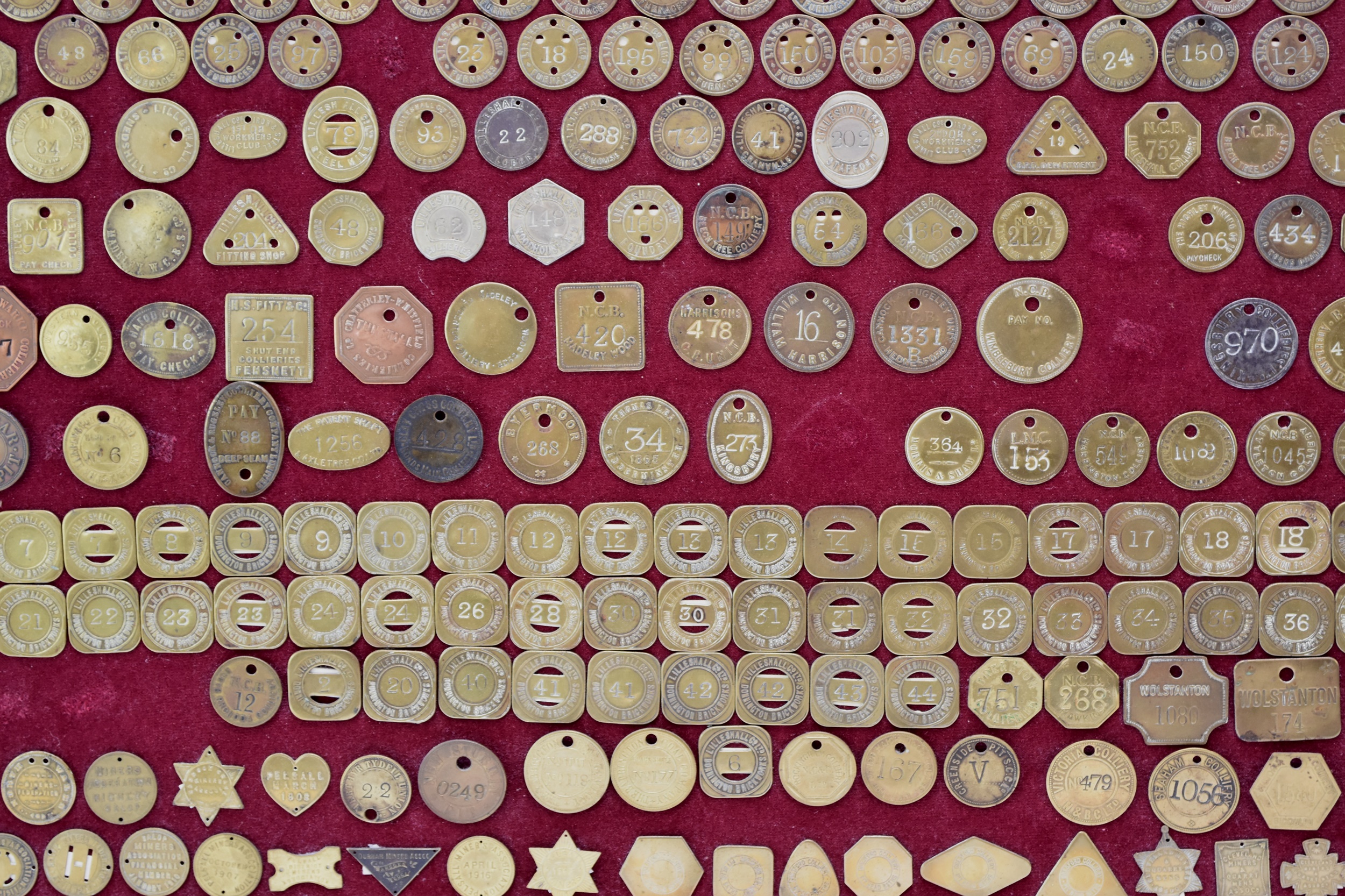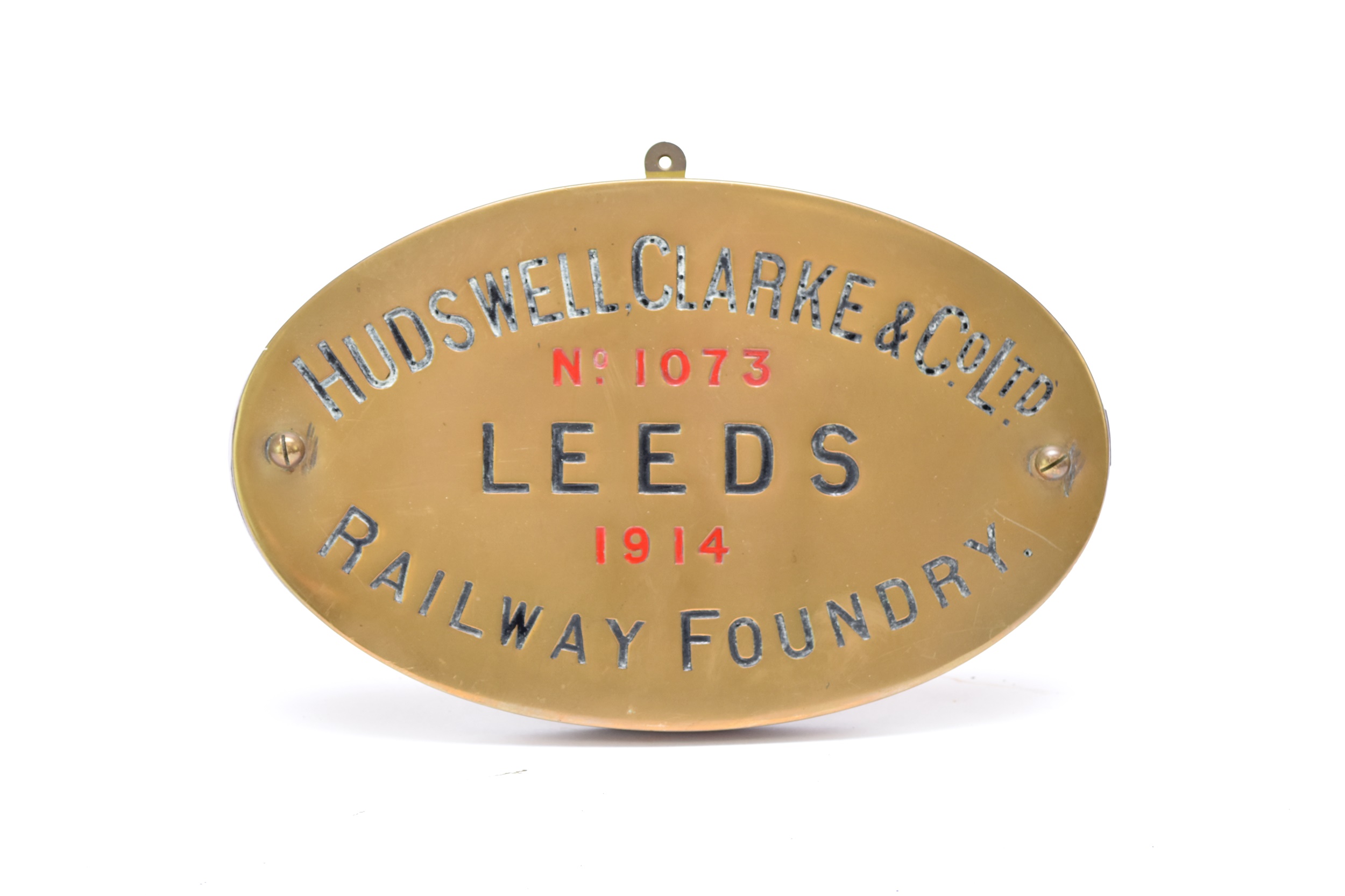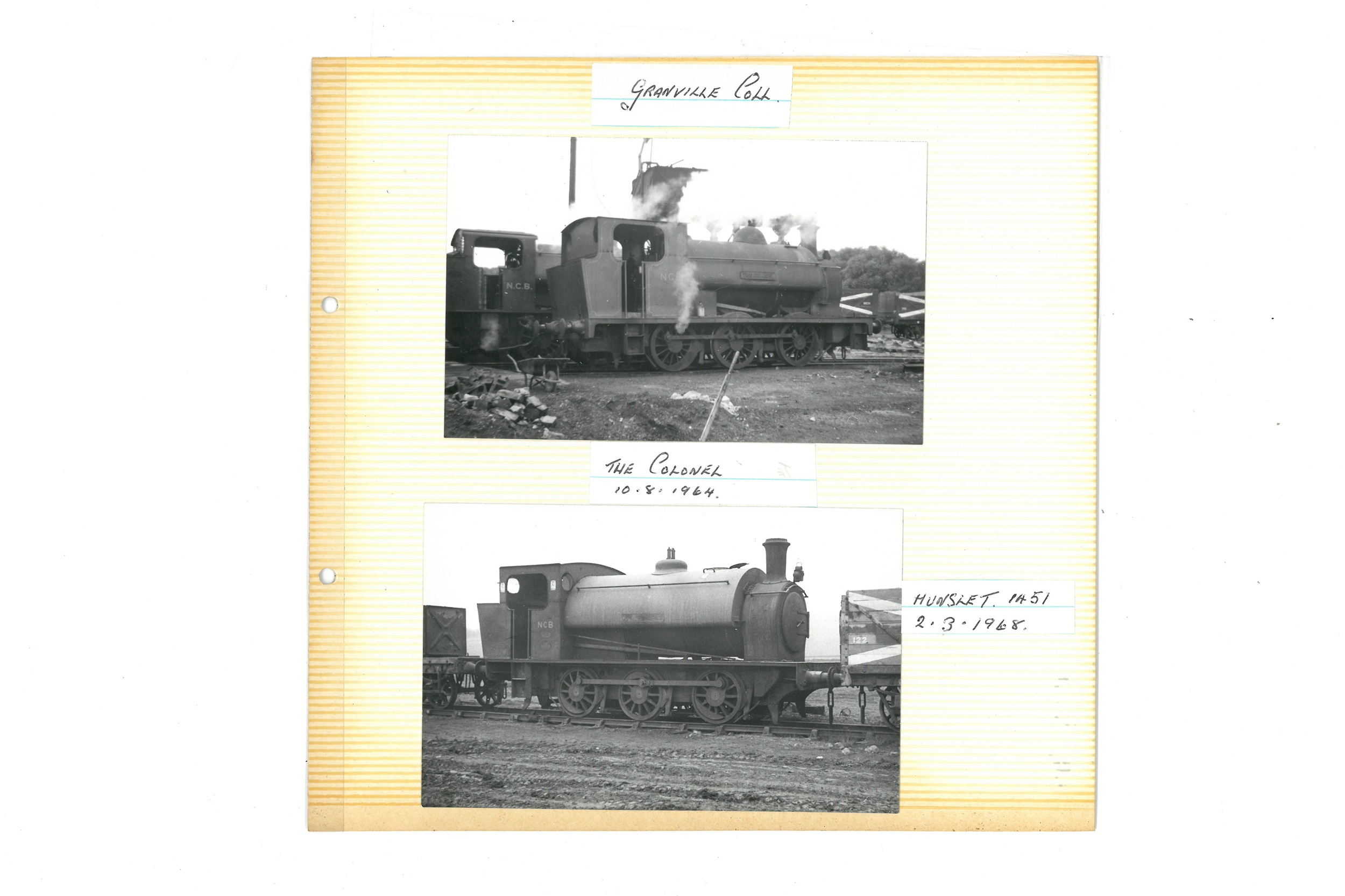

Senior Valuer Alexander Clement discovers what happens when two passions come together in a unique collection of mining and railway history.
29/06/2021
There are some subjects about which I would definitely describe myself as a bit of an 'anorak'. That term, originally slightly pejorative, although playfully so, dates back to the 1970s but became fixed in the public (specifically British) lexicon in 1983 when the Observer newspaper used it to describe a particular group of niche enthusiasts - trainspotters. It seemed to fit perfectly, given the type of outerwear preferred by those who would stand for hours on station platforms, taking down the numbers of locomotives arriving and departing. Like so many negative terms, anorak has been reclaimed and is worn as a badge of pride - as it should be - by anyone who is passionate to the point of obsession about a particular niche interest.
At Halls, we love passionate collectors. They are often our vendors and our buyers and they know their subjects intimately. Like them, we love the objects we sell and take great care in researching, cataloguing and presenting them to market. And so when we discover a collection assembled with that same passion, we go a bit weak at the knees. I've encountered several over the years and the most recent has come from Telford where I found a treasure trove of objects focussing mainly on railway and mining history, with little off-shoots into other engineering spheres such as cranes and busses. The late collector himself was a bus driver and so, perhaps, it was a natural theme for him to follow. Although I was not lucky enough to meet him, I suspect he absolutely loved his job. What is clear is that his enthusiasm for engineering manifested in an extraordinary collection.

Among the treasures is one of the largest groups of colliery tokens and lamp checks I have ever seen. These are small metal tokens stamped with a colliery name and a number, used by miners as a safety measure and made mandatory in 1913. The usual procedure was for a miner to hand in a token at the start of his shift which was exchanged for a lamp stamped with the same number. At the end of the shift, the lamp was handed in and the token returned. This enabled mine management to record how many miners were in a pit in the event of an accident, so they would know how many men needed rescuing. In 1947, on the nationalisation of coal mines, the tokens were stamped with N.C.B. (National Coal Board) as well as the name of the colliery. They were generally made of brass, zinc or aluminum with Bakelite and plastic coming later, often circular but other shapes were used such as hexagonal, square, oval and even heart or anchor. This collection has a wide array of shapes and collieries represented, making it quite an exciting cache for connoisseurs to delve into.


The highlight of the collection, though, is a locomotive nameplate, accompanied by a maker's plaque for an engine called 'The Colonel'. This 0-6-0 locomotive was named after Colonel William Harrison, Chairman of the Grove Colliery at Brownhills in Staffordshire. It is believed to have been bought directly from the Leeds-based engineering firm Hudswell Clarke and Co. Ltd in 1914, and this is borne out by the date on the maker's plaque, also bearing its number 1073. The Colonel continued in service at Grove until 1963 when it moved to Coppice Colliery at Heath Hayes for a few months before transfer to Granville Colliery in November 1963. The Locomotive was scrapped shortly after Granville Colliery closed in November 1979. Most locomotives have two sets of nameplates and number plates, one for each side, and the twins to those in our present lot are held at Chasewater Railway Museum in Brownhills. Also in our vendor's collection is a photograph of The Colonel while still in service at Granville Colliery in 1964, along with an extensive archive of early 1960s photographs of other steam locomotives and busses, all meticulously recorded.

Collections like this are rare things on the open market, largely because they are assembled over decades and lovingly kept and admired by their owners. And so it is incredibly exciting when we, at Halls, are instructed to sell them. We pour our own passion into cataloguing them and bask in the reflected glory of their eminent curators. Our aim always is to find collectors and buyers with equal enthusiasm to purchase and admire these great objects for years to come.
.